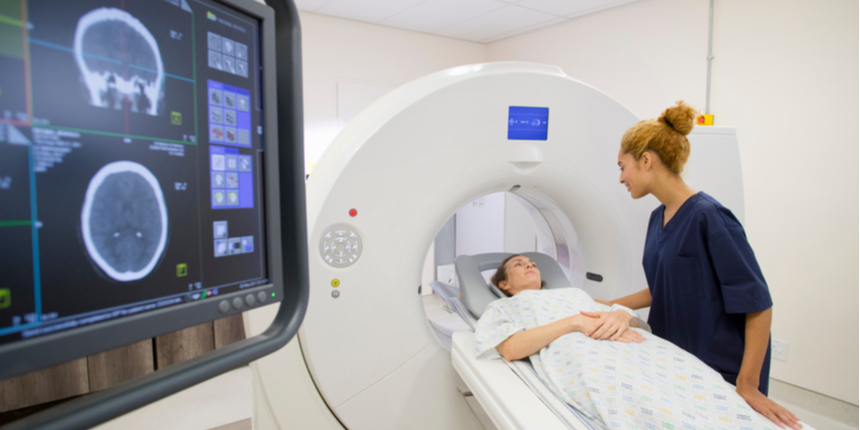Artificial intelligence (AI) has the potential to significantly improve early breast cancer detection through various methods and applications. Here are some of the key ways AI can contribute to this crucial aspect of healthcare:
1. Enhanced Image Analysis:
AI algorithms, particularly those based on deep learning, can analyze mammographic images with high accuracy. These algorithms can detect subtle patterns and anomalies that might be missed by the human eye, thus improving the detection rates of early-stage cancers.
2. Reducing False Positives and Negatives:
AI can help reduce the number of false positives (incorrect identification of cancer) and false negatives (missed detection of actual cancer). By providing a second opinion, AI systems can cross-check the radiologist’s assessment and highlight areas of concern that require further evaluation.
3. Automated Screening:
AI can automate the initial screening process, allowing radiologists to focus on cases that are flagged as potentially problematic. This can streamline workflow and ensure that suspicious cases are reviewed more quickly and thoroughly.
4. Consistency and Standardization:
AI algorithms provide consistent analysis, reducing variability in interpretation among different radiologists. This standardization can lead to more reliable and uniform diagnoses across different healthcare facilities.
5. Predictive Analytics:
AI can integrate various data sources, including patient history, genetic information, and other diagnostic tests, to predict the likelihood of developing breast cancer. These predictive models can help in identifying high-risk patients who might benefit from more frequent screenings or preventive measures.
6. Early Detection of Tumor Changes:
AI can monitor changes in mammographic images over time, detecting even minute changes in tissue that could indicate the early stages of cancer development. This temporal analysis can be crucial for early intervention.
7. Personalized Screening Programs:
AI can help in tailoring screening programs to individual risk profiles, ensuring that those at higher risk receive more frequent and detailed screenings. This personalized approach can improve early detection rates.
8. Training and Education:
AI tools can be used to train radiologists by providing them with a vast repository of annotated images and case studies. This continuous learning can enhance the skills of radiologists, making them better equipped to detect early signs of cancer.
9. Integration with Other Diagnostic Tools:
AI can be integrated with other imaging modalities such as MRI and ultrasound to provide a more comprehensive assessment. Multimodal AI analysis can improve the accuracy of early cancer detection.
10. Real-Time Assistance:
During the examination, AI can provide real-time feedback to radiologists, highlighting areas of interest and suggesting possible diagnoses. This immediate assistance can help in making quicker and more informed decisions.
Examples of AI Applications in Breast Cancer Detection:
- Google Health’s AI System: Demonstrated a significant reduction in false positives and false negatives compared to human radiologists.
- IBM Watson for Oncology: Uses AI to provide evidence-based treatment recommendations and improve diagnostic accuracy.
- PathAI: Utilizes AI to assist pathologists in diagnosing diseases from tissue samples, improving accuracy and consistency.
Challenges and Considerations:
While AI has the potential to revolutionize early breast cancer detection, it is essential to address challenges such as data privacy, the need for large annotated datasets for training, and the integration of AI tools into existing clinical workflows. Continuous validation and regulatory approval are also crucial to ensure the safety and efficacy of AI applications in healthcare.

